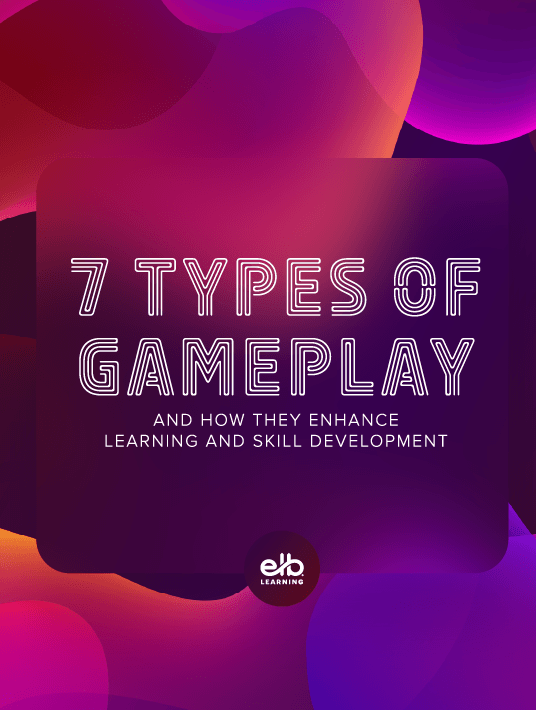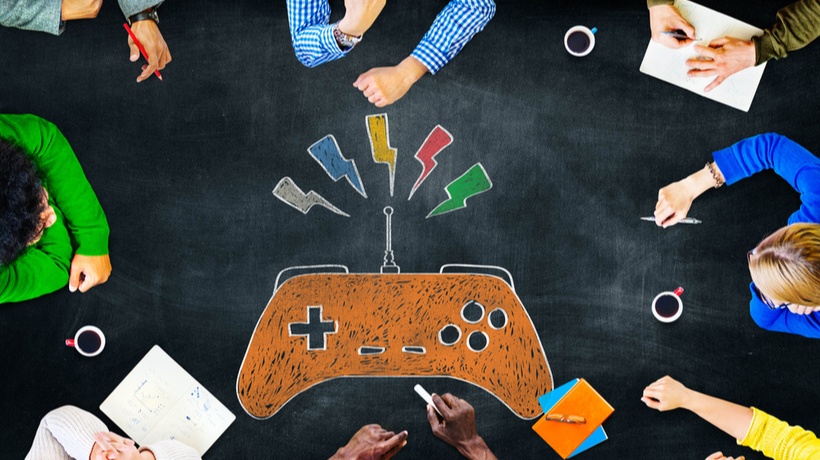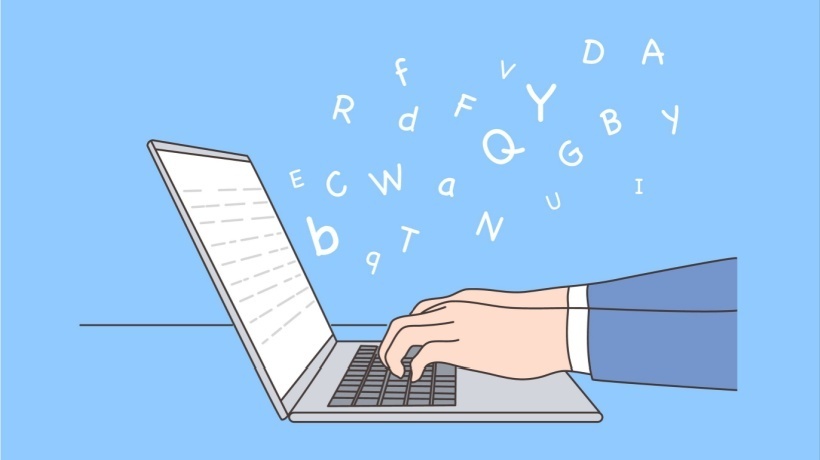Exploring The Power Of Gameplay In L&D
Games have the power to engage learners, boost motivation, and provide immediate feedback. But how do you incorporate elements such as matching, spatial reasoning, and decision-making into your learning strategy? This guide serves as a strong starting point for using gameplay in L&D to build experiences that feel fun, relevant, and impactful.

How Gameplay Builds Hard And Soft Skills
From imparting product knowledge to building self-confidence, using gameplay in L&D helps learners hone their skills and continue their personal development journey. For example, visualizing allows them to put design thinking skills into practice, while decision-making enables them to mitigate workplace risks and improve prioritization skills. However, as this roadmap highlights, it's all about choosing the correct form of gameplay based on the purpose, target skills, and learner preferences. Each section also covers the definition, real-world examples, and similar games.
About This eBook
Which skills does sequencing help learners build? When should you use memorization in your learning game design? Here's a sneak preview of what's inside this guide by ELB Learning:
- The 7 Types Of Gameplay: From sequencing and role-play to memorization and decision-making, explore how gameplay is a powerful tool for developing both hard and soft skills in learners.
- Learn More: Discover when to use each, examples in practice, and game ideas that can meet goals.
- Action Plan: Get started with some game templates.
Get Your Copy
Download 7 Types Of Gameplay And How They Enhance Learning And Skill Development today to explore how game mechanics can make your training more interactive, immersive, and impactful.









